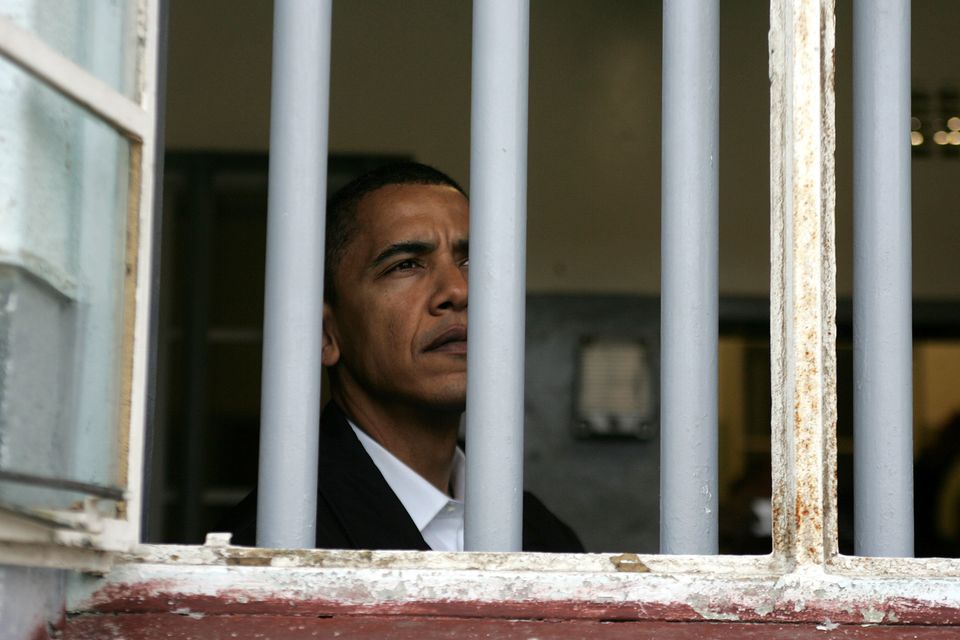
A guided tour of key Johannesburg sites linked to Nelson Mandela has long been popular with visitors and residents alike, but the walk in the footsteps of the South African giant has gained added poignancy as his health declines.
Tour guide Jo Buitendach had a capacity crowd of about 20 people at the weekend for the walk in Ferreirasdorp, a western Johannesburg suburb where the anti-apartheid hero first practised law.
"I thought that by now he would be dead, that he would die before the end of the week, and that it would be a kind of a memorial tour," said Johannesburg resident Lorraine Keenan as the 94-year-old Mandela lay in hospital in Pretoria suffering from a recurrent lung infection.
Visitors are first taken through the Old Pass Office, which issued the permit documents that blacks had to carry -- on pain of imprisonment -- under apartheid.
"When Nelson Mandela was a lawyer in Johannesburg, what he was mainly doing was dealing with passbook issues," Buitendach told the group.
Also on the itinerary is the notorious John Vorster Square, now Johannesburg Central Police Station, where many political activists were detained, tortured and often disappeared in the 1970s up to the early '90s.
At the time, police gave often bizarre explanations for some of the inmates' deaths while in detention such as "slipped on a piece of soap", "slipped down the stairs" or "fell from the 10th-floor window".
The two-hour walk then proceeds to Chancellor House, the office block where Mandela and his old friend and fellow anti-apartheid militant Oliver Tambo opened Johannesburg's first black law practice in 1952.
The 1940s building, which the city expropriated and saved from demolition, boasts a replica of the sign reading "Mandela and Tambo Attorneys" that hung in the window of their second-floor office.
"The owners did not understand its historical value," Buitendach said, adding that at one point they had wanted to turn it into a car park.
Displays on the ground floor tell the story of the two men and their fight against white minority rule and racial oppression.
The building, once gutted by fire, was occupied by vagrants until 2010. Restoration of the site was completed in 2011.
A retired South African woman on the walk, Isabel Nel, told AFP: "I grew up under apartheid and I'm glad it is finished. We really need to know what happened."
"Mandela is part of our history," she added.
According to Buitendach, the tour costing 110 rand (8.30 euros, $11) is a perennial success because of abiding interest in places linked to South Africa's first black president.
Across the street from the law office building towers a six-metre (20-foot) statue of Mandela, erected three weeks ago.
The sculpture, titled "Shadow Boxing", portrays the Nobel Peace Prize laureate in boxing attire, with his fists held up.
At the site, Buitendach places a protea flower -- the national flower and a symbol of unity -- at the feet of the statue and observe a moment of silence for the ailing icon.
"This is from us all, for everything he did for us," she says.
British student George Olesen admitted that he knew nothing about Mandela's life in Johannesburg prior to his imprisonment in 1962, but added: "Even in the UK, he is a source of inspiration and a figure of leadership."
Copyright (2013) AFP. All rights reserved.
